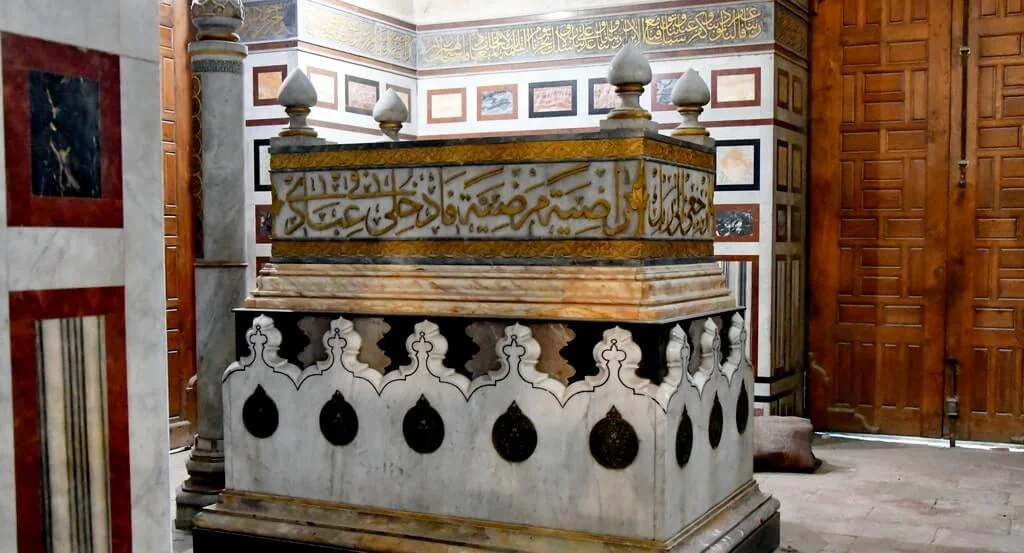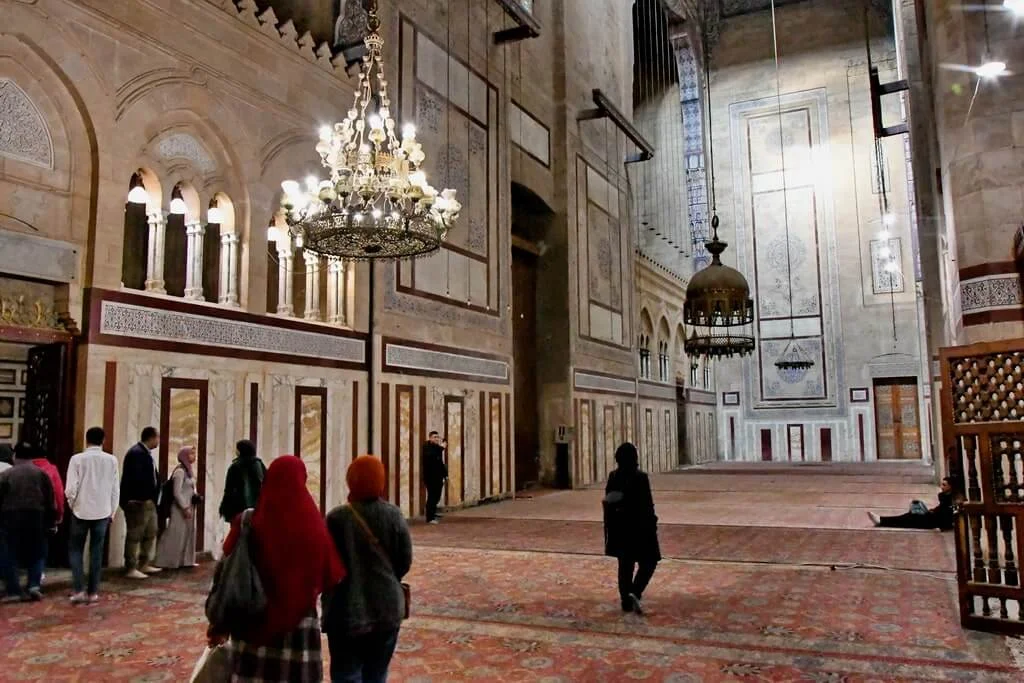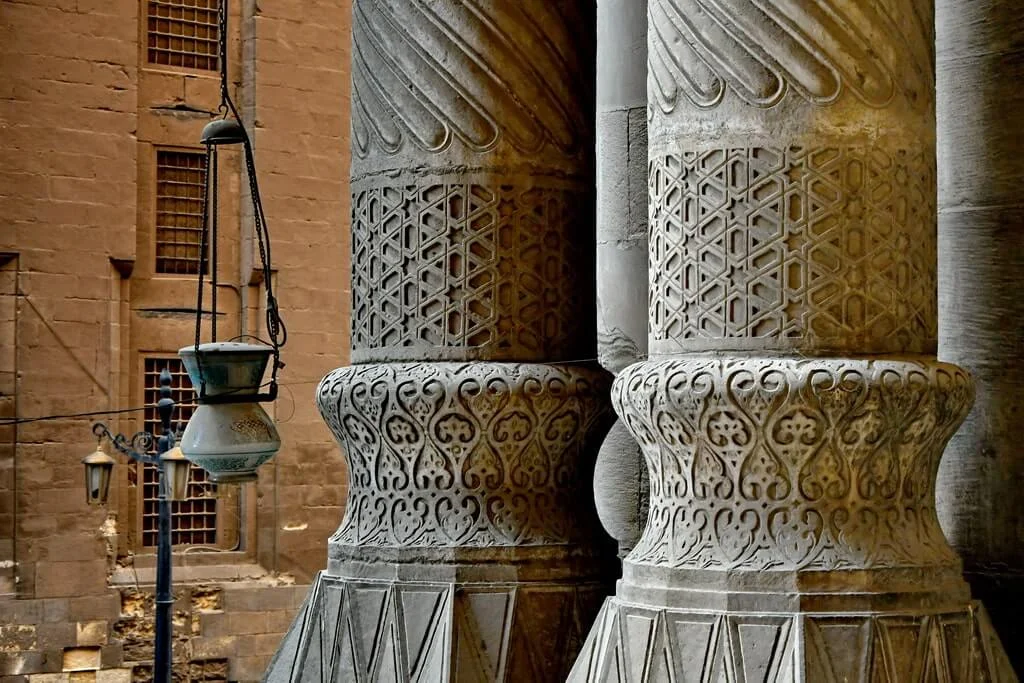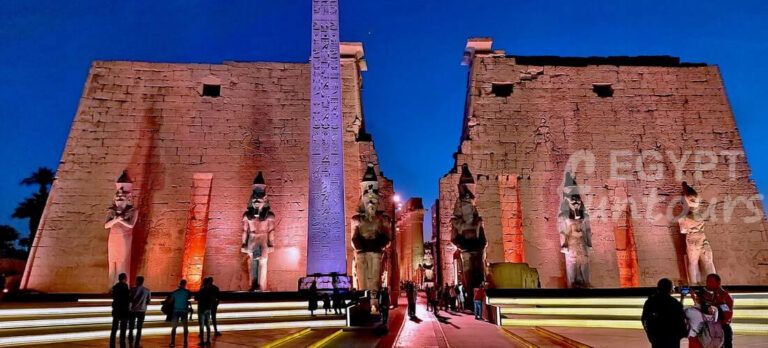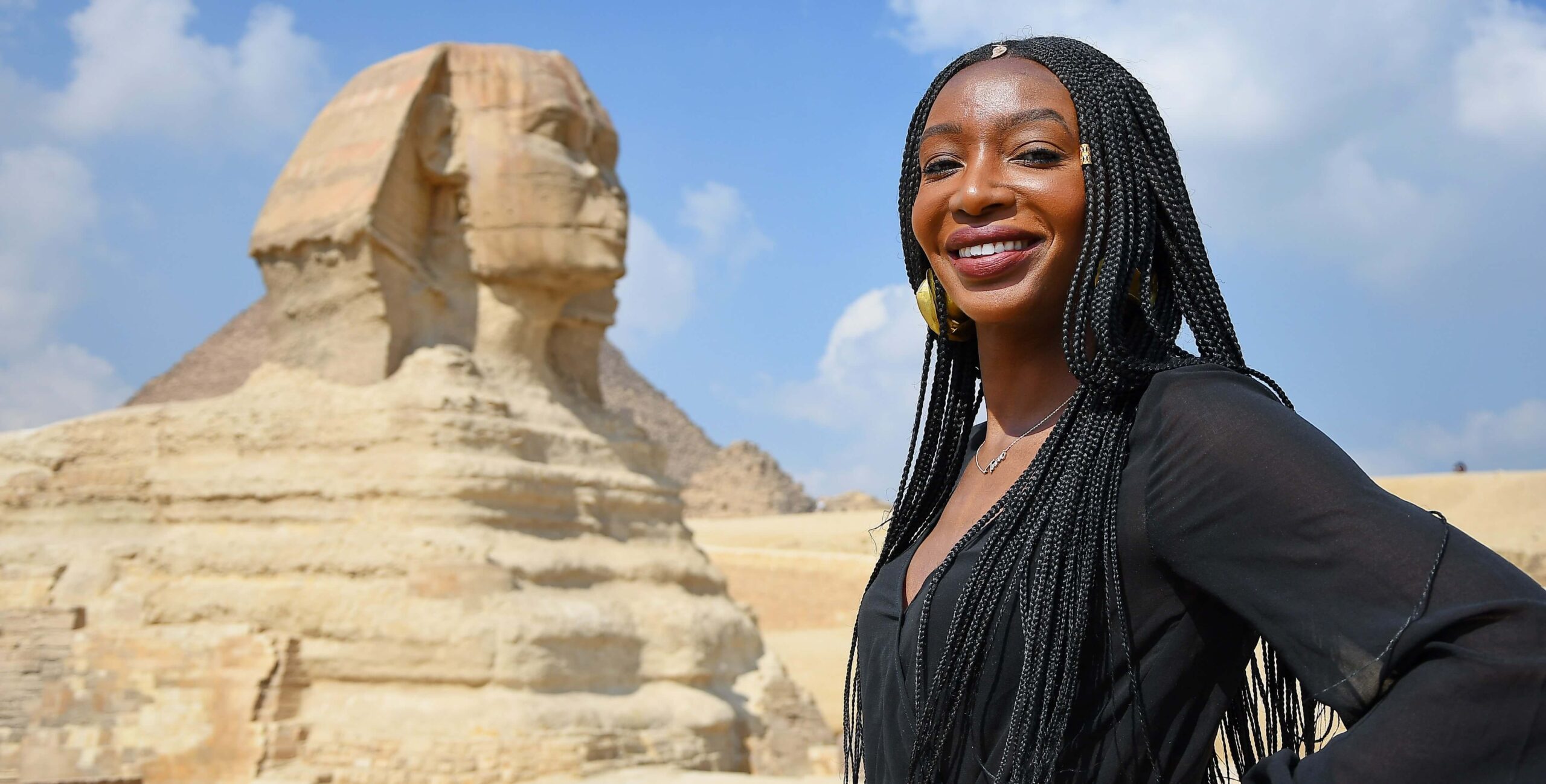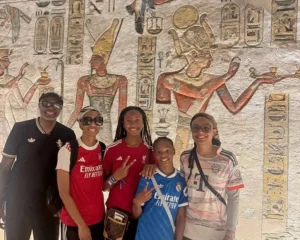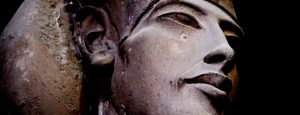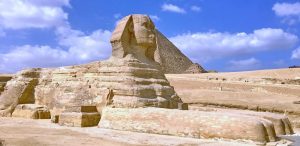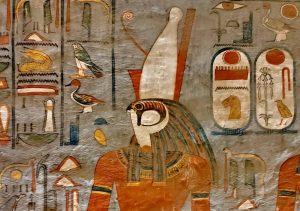The Royal Mausoleum of Cairo: Al-Rifa’i Mosque
The Al-Rifa’i Mosque, a stunning and relatively modern addition to Islamic Cairo’s skyline, stands directly across from the Sultan Hassan Mosque. Its grandeur and opulent design immediately capture your attention. Built in the late 19th and early 20th centuries, this mosque serves a dual purpose: a place of worship and the final resting place for Egypt’s royal family. This article explores the history, architectural details, and significant burials within this magnificent structure.

